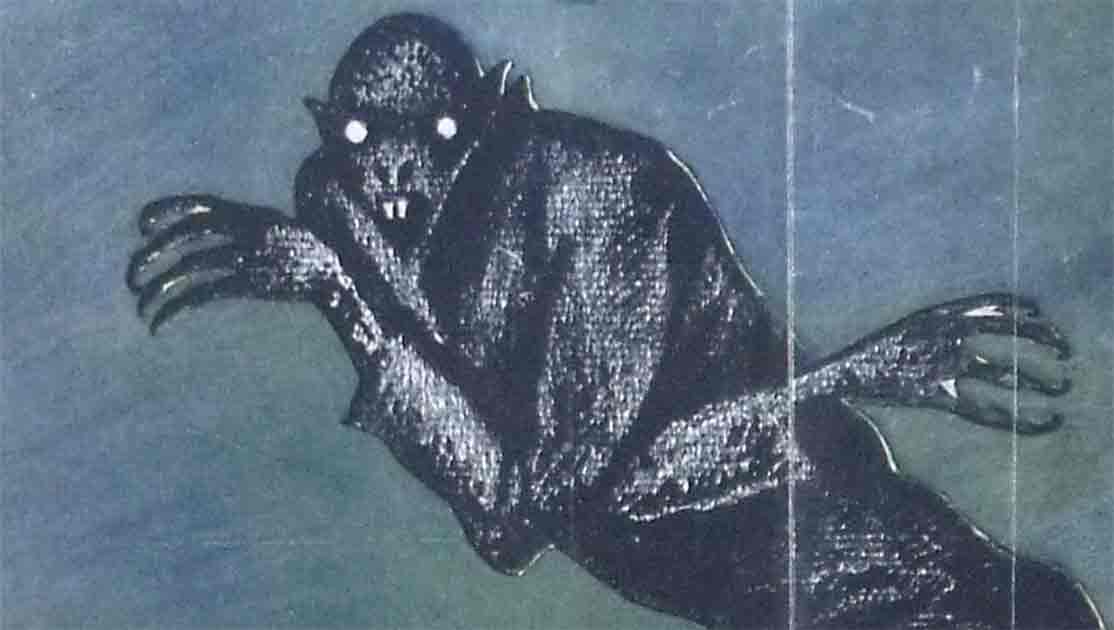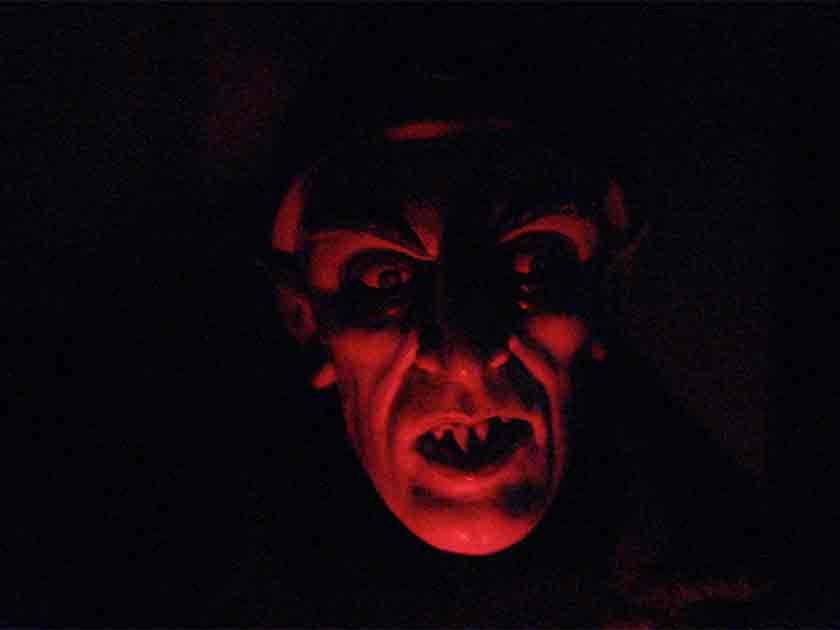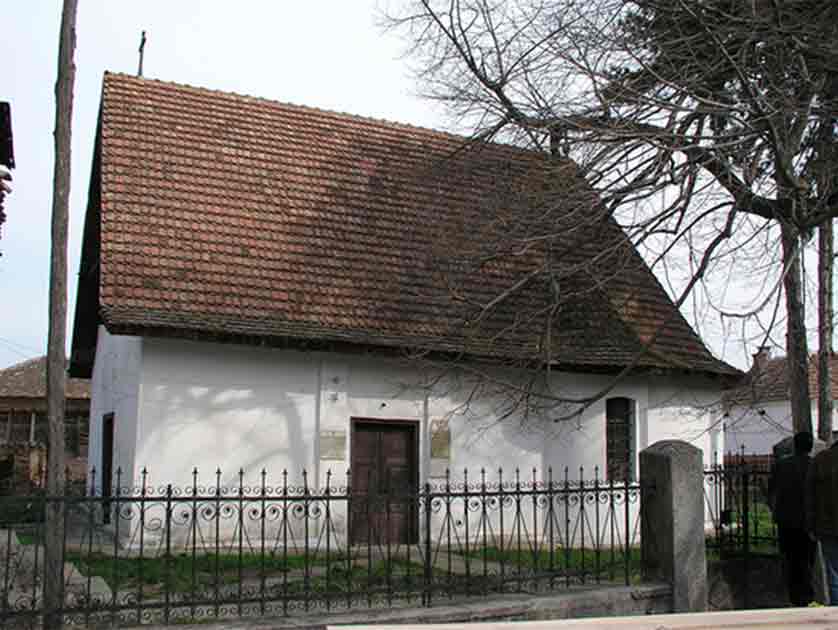
Monster In The Village: Petar Blagojevic, The Vampire of Kisiljevo
The untold story!
By: Robbie M. | Historic Mysteries
Of all the things that go bump in the night, few monsters haunt our dreams like the dreaded vampire. Almost every culture around the world has its own version of vampires in its folklore, but the version most of us are familiar with originates in Eastern Europe.
This region is full of vampire tales, like the story of Petar Blagojevic, also known as the “vampire of Kisiljevo.” In this 18th century Serbian village, Blagojevic’s death sparked fear and hysteria as locals believed he returned from the grave to prey on the living.
Legends recount the macabre events of his exhumation, revealing a community’s desperate attempt to rid themselves of a suspected vampire. Cases like this led to vampire hysteria spreading across much of Europe until it caught the attention of writers like Bram Stoker, who gave us the infamous Dracula.
The Tale of Petar Blagojevic
Petar Blagojevic was a Serbian peasant born in 1662. He spent most of his life in the Serbian village of Kisilova (thought to be modern-day Kisiljevo) and lived a perfectly unremarkable life until his death (of unknown causes) in 1725.
Following his death, Blagojevic’s small village was hit by a spate of mysterious deaths. Within eight days, nine people had perished. Each of them had suddenly been struck down by a mysterious illness twenty-four hours before their deaths.

Such deaths are not uncommon in village life at the time, but what was unusual was that those who died each had the same, horrifying story to tell. On their deathbeds, each claimed to have been throttled by their recently deceased neighbour.
During this period, Blagojevic’s widow also came forward claiming that he had visited her in the night, asking for opanci (shoes). She fled the village and moved away soon after.
Other stories about this man started to appear, each more alarming than the last. Another tale claimed Blagojevic returned home at night and demanded food from his son. When the young man refused, his father is said to have brutally murdered him, biting him to death and drinking his blood.
The superstitious locals decided that Blagojevic’s body should be disinterred and examined for signs of vampirism. This meant checking to see if his hair, beard, or nails had grown and to see if he was suitably decomposed.
Digging up the dead, unsurprisingly, was frowned upon, so the villagers demanded that local official Kameralprovisor Frombald, along with the local priest, attend the inspection. Frombald tried to object, saying he needed permission from the authorities in Belgrade, but his pleas fell on deaf ears.
The locals, after all, were dealing with a vampire and believed they had no time to lose. According to local legends, entire villages had been wiped out by vampires during Ottoman rule.
Fearing an uprising and with the locals threatening to abandon the village, Frombald had no choice but to permit the procedure. He attended and made sure to note down his experience in a report for the authorities.
To Kill A Vampire
Frombald begrudgingly attended the examination of the exhumed body with the Veliko Gradiste priest. According to his notes, he was very concerned to find that the body did indeed match up with descriptions of vampires.
Supposedly, Blagojevic’s corpse was undecomposed, and his hair and beard had grown out. Most disturbingly, blood could be seen in and around his mouth, and he had grown new skin and nails where the old ones had been peeled away.
His report went on to detail how the distressed locals, now convinced they were dealing with a vampire, decided to stake Blagojevic through the heart. Frombald, still not fully sure, was not convinced but once again decided to let the villagers continue.
He recorded how, after being staked, Blagojevic spewed fresh blood from his ears and mouth. The villagers then cremated what was left of the body to make sure he couldn’t rise again.
Frombald concluded his report by requesting that the authorities not hold him responsible for what had occurred. He described the villagers as “beside themselves with fear” and made it clear that exhumation and staking were the only proper choices.
As it turned out, the authorities weren’t too concerned and never looked into the case any further. A staked corpse was likely a small price to pay to keep the populace sane, and that was pretty much the end of the story.

While tales of vampires had circulated for a long time, Frombald’s story stands out as one of the first documented testimonies of vampire beliefs in Eastern Europe. It appeared in the Wienerisches Diarium, a Viennese newspaper, and quickly spread across Europe. Reports like these contributed to the vampire craze of the 18th century not just in the East but in Germany, France, and England.
Secret Antarctica – Scientist Discovered Something Frozen On A Mountain & They Are SCARED!
The Reality
So, what did Frombald see? Is his report a genuine vampire sighting, superstition gone rampant, or something else? It shouldn’t be surprising to learn that there are plenty of other explanations.
For starters, the dead rising from their graves is surprisingly easy to explain. Since the urbanization of the 11th century, Europe had been dealing with a growing public health issue: proximity between the living and the dead.
These were deeply religious times, and people tended to build their homes and businesses near places of worship and the burial ground they came with. This suited the church, which made a pretty penny from inhumations.
Priests charged high fees for delivering last rites and Requiem Masses and made even more money selling burial plots. Superstitious locals, on the other hand, died happy knowing they would be interred close to their nearest and dearest, their souls protected by the church’s prayers.
This quickly became a problem as urbanization hit and the populations of both the living and the dead began to explode. Urban space was tight, and soon the graveyards were full and there was no space for them to expand outward.
During the 17th century, sextons were forced to add another layer of burials to their graveyards. Rather than burying the deceased six feet under, they settled for two.
Even worse, the bodies of the poor and those who died of plague were dumped into massive pits en-masse. Coffins were expensive, and corpses in general were buried in a fabric shroud.
One flood, rainstorm, or hungry pack of dogs later, and all these shallow graves had a habit of dumping their residents onto the surface. Some would be decayed and rotten, while others appeared to be healthy and well-fed. Healthier than when they had been on their deathbeds.

These corpses perfectly fit the ancient traditions of the undecayed revenant, also known as the Slavic Vampyr or Upyr. Modern science has a better explanation.
We now know that it can seem like hair and nails continue to grow after death, but in fact, they are the result of the skin shrinking and receding. Likewise, other vampiric symptoms are easily explained away by the other parts of the decaying process or diseases unknown at the time.
There is another problem with the entire story, too. In the case of Blagojevic and Frombald’s report, we have to consider the source’s reliability.
Did he really see what he claimed? Or was he simply trying to cover his back? Perhaps he hoped that embellishing his report would make it less likely that he’d receive reprisals from the authorities. Or could he have been swept up in all the superstition and hysteria?
Whatever the truth, Blagojevic’s story reflects broader themes of fear, disease, and societal upheaval. Whether interpreted as a cautionary tale or a glimpse into the mysteries of the human psyche, the legend of the “vampire of Kisiljevo” continues to captivate imaginations and spark curiosity about the boundaries between myth and reality.
* * *
NEXT UP!
Giant “Skeletons of Enormous Size” Discovered In New Mexico – New York Times Article From 1902
Along time ago ― about a century ― a secret society discovered an incredible cave hidden beneath the Earth’s surface. Inside the cave, were several giants of antiquity, apparently alive, but in a state of alternative-animation.
We might think that we really know the truth about all of Earth’s history, but no, there are undoubtedly many mysteries that still deserve to be investigated and the unexplained file of “sleeping giants in stasis chambers” is significantly one of them.
* * *
READ MORE: Batman Existed In Mesoamerican Mythology & His Name Was Camazotz
Read more on Trending Mythology News: Experts Claim That Moses Did Cross The Read Sea, After Finding The Egyptian Army Underwater
Telegram: Stay connected and get the latest updates by following us on Telegram!
We’d love to hear from you! If you have a comment about this article or if you have a tip for a future Collective Spark Story please let us know below in the comment section.
